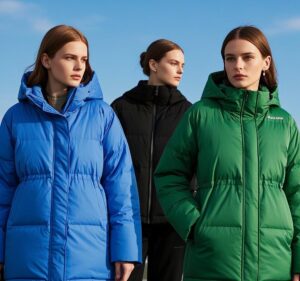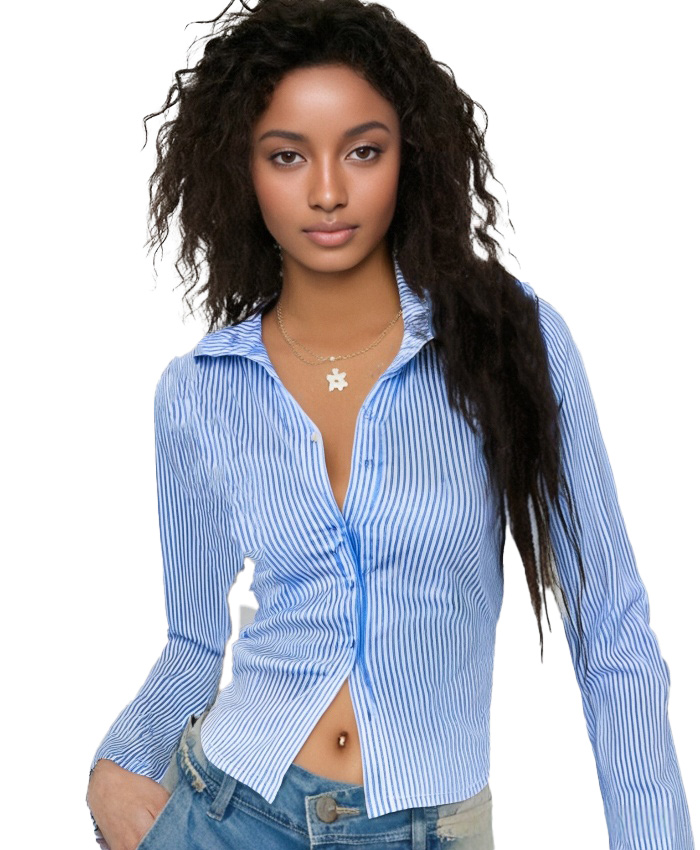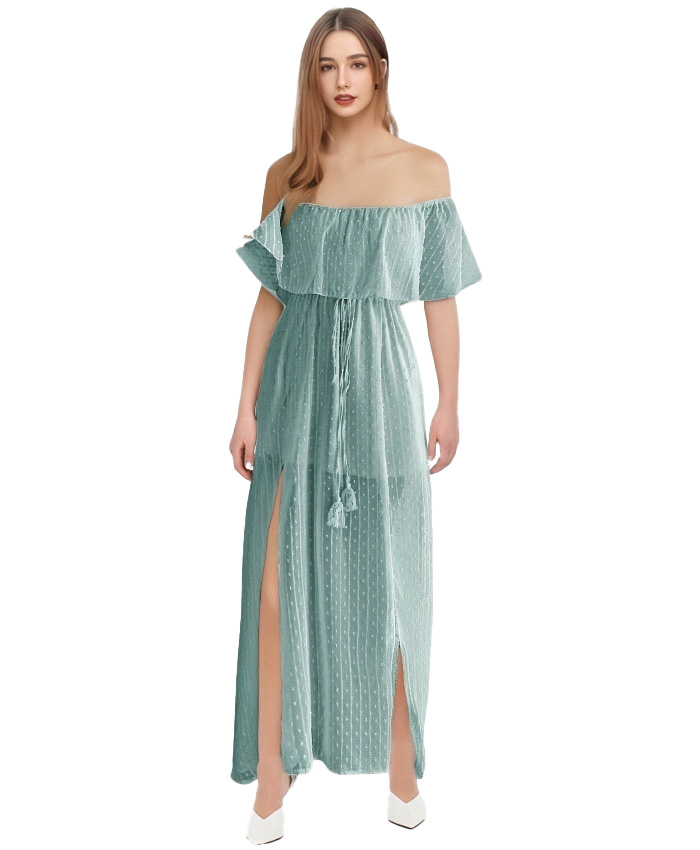When the temperature drops and winter’s chill sets in, finding the right outerwear becomes a top priority. Among the many options available, padded jackets have emerged as a popular choice for their unique combination of warmth, comfort, and versatility. But what exactly is a padded jacket, and does its design hold up to the rigors of daily use? In this blog post, we’ll explore the ins and outs of padded jackets, from their construction to their durability, helping you decide if this winter essential deserves a place in your wardrobe.

What is a padded jacket?
A padded jacket, often referred to as a puffer jacket or quilted jacket, is a type of outerwear designed to provide exceptional insulation through a layered construction. Unlike traditional coats that rely on a single thick layer of material, padded jackets feature multiple layers with a filling material trapped between them, creating small pockets of air that act as natural insulators.
The defining characteristic of a padded jacket is its stitched or quilted pattern, which serves two important purposes: it creates distinct compartments (known as baffles) that hold the filling in place, preventing it from clumping or shifting, and it adds structural integrity to the garment. These baffles can come in various shapes—from horizontal or vertical lines to diamond or square patterns—contributing to both the functionality and aesthetic of the jacket.
Materials used in padded jackets
Modern padded jackets utilize a range of materials, each offering different benefits in terms of warmth, weight, and sustainability:
-
Fillings: The most common fillings include down (from ducks or geese), synthetic fibers (like polyester), and recycled materials. Down is prized for its exceptional warmth-to-weight ratio and compressibility, while synthetic fills often perform better in wet conditions and are typically more affordable. Recycled options, made from post-consumer plastic bottles or other recycled textiles, have gained popularity as eco-conscious alternatives.
-
Outer shells: The outer layer of a padded jacket is usually made from durable, water-resistant fabrics such as nylon, polyester, or ripstop materials. These fabrics protect the filling from moisture, dirt, and abrasion while remaining lightweight enough to maintain the jacket’s comfortable fit.
-
Linings: The inner lining is often a soft, lightweight material that allows for easy layering and adds to the overall comfort of the jacket. Some linings also feature moisture-wicking properties to help regulate body temperature during active use.
Styles and variations
Padded jackets come in a wide array of styles to suit different needs and preferences:
-
Lightweight packable models: These are designed for travel or transitional weather, featuring minimal padding that can be compressed into a small pouch when not in use.
-
Heavy-duty winter coats: With thicker insulation and longer lengths, these jackets are built to withstand extreme cold and harsh winter conditions.
-
Fashion-forward designs: Many brands offer padded jackets with sleek silhouettes, bold colors, and unique detailing, blending functionality with contemporary style.
-
Performance-oriented options: Designed for outdoor activities like hiking, skiing, or mountaineering, these jackets often include features such as hoods, adjustable cuffs, and multiple pockets, along with specialized insulation for active use.
Is a padded jacket durable?
The durability of a padded jacket depends on several factors, including the quality of materials used, the construction techniques employed, and how well the jacket is cared for. When properly made and maintained, a high-quality padded jacket can provide years of reliable use.
Factors affecting durability
-
Material quality: Jackets made with high-grade outer fabrics (like ripstop nylon or polyester with a high denier rating) are more resistant to tearing and abrasion. Similarly, premium fillings—whether natural down or high-performance synthetics—are less likely to break down or lose their insulating properties over time.
-
Construction methods: The way a padded jacket is assembled plays a crucial role in its longevity. Jackets with reinforced stitching, especially along stress points like seams, zippers, and pockets, tend to hold up better to regular use. Additionally, well-designed baffles that securely contain the filling prevent shifting and bunching, which can lead to uneven insulation and premature wear.
-
Water resistance: Many padded jackets feature a durable water repellent (DWR) coating on the outer shell. This coating helps repel light rain and snow, protecting the filling from moisture damage. Over time, however, this coating can wear off, making the jacket more susceptible to water absorption. Fortunately, many DWR coatings can be refreshed with specialized treatments.
-
Care and maintenance: How you care for your padded jacket significantly impacts its lifespan. Machine washing with harsh detergents, using high heat in the dryer, or storing the jacket in a compressed state for extended periods can all damage the filling and fabrics. Following the manufacturer’s care instructions—such as using gentle detergents, tumble drying on low heat with tennis balls to fluff the filling, and storing the jacket uncompressed—can help maintain its durability and performance.
Longevity compared to other outerwear
When compared to other types of winter coats, padded jackets hold their own in terms of durability, especially when considering their weight and warmth. While heavy wool coats or leather jackets may offer exceptional longevity, they often lack the lightweight insulation that makes padded jackets so popular. Conversely, lighter fleece jackets or softshells may not provide the same level of warmth and can wear out more quickly with frequent use.
A well-maintained padded jacket can easily last 5-10 years, with some high-end models lasting even longer. The key is to invest in quality from the start and follow proper care guidelines to maximize the jacket’s lifespan.
How to choose a durable padded jacket
If you’re in the market for a padded jacket and want to ensure it’s built to last, consider the following factors:
-
Check the fabric specifications: Look for outer shells with a high denier count (a measure of fabric thickness and strength), which indicates greater durability. Ripstop fabrics, which feature a special weave designed to prevent tears from spreading, are also excellent choices.
-
Inspect the stitching and seams: Look for tight, even stitching throughout the jacket, especially along the baffles, zippers, and pocket openings. Reinforced double stitching at stress points is a sign of quality construction.
-
Consider the filling quality: For down jackets, check the fill power (a measure of down’s loft and insulating ability)—higher fill power (600+ for most quality jackets) indicates better quality down that will maintain its loft longer. For synthetic fills, look for brands that use advanced fibers designed for durability and long-term performance.
-
Evaluate the hardware: Zippers, buttons, and snaps should feel sturdy and operate smoothly. Look for well-known brands of zippers, such as YKK, which are known for their durability.
-
Read reviews and brand reputation: Research brands with a history of producing high-quality outerwear. Customer reviews can provide valuable insights into how well a particular jacket holds up over time.
Conclusion
A padded jacket is a versatile and practical piece of outerwear that uses layered construction and insulating fill to provide exceptional warmth without excessive weight. Its durability depends on a combination of quality materials, solid construction, and proper care, but a well-made padded jacket can easily last for years, making it a worthwhile investment for cold weather.
Whether you’re braving winter commutes, hitting the slopes, or simply looking for a stylish way to stay warm, a padded jacket offers a winning combination of functionality and comfort. By choosing a quality model and taking good care of it, you can enjoy the warmth and protection of your padded jacket for many winters to come.




